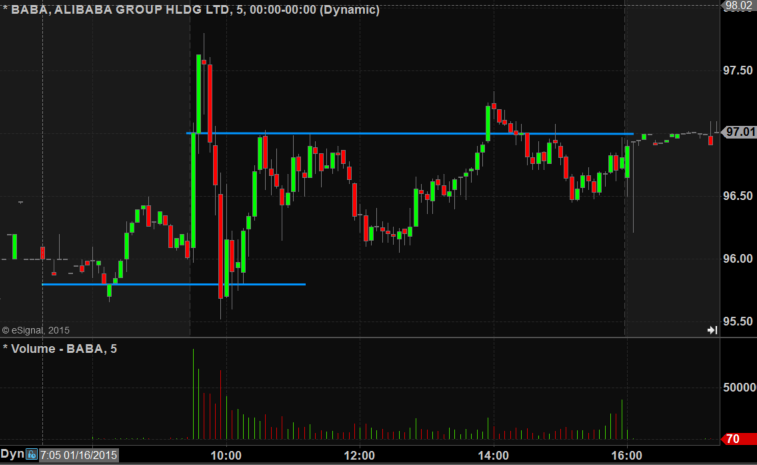Profitable trading is a process.
That process starts before the market opens. Great traders expect to make money because they stack high-probability ideas into their game plan.
Trade management and adjustments are important too, but the stronger the underlying idea, the easier – and more consistently profitable – the trade will be.
This post will walk you through the morning routine followed by professional traders on our NYC trading desk so you can compare it to yours.
Each day before the market opens we have our AM Meeting. It has evolved over the years from techniques that we started using over a decade ago.
The meeting is divided into three parts:
- Market Overview.
- Fresh News/Stocks in Play.
- Second Day Plays/Technical setups.
The meeting reinforces the process of developing trading ideas and preparing for their execution. Also, it can be used as a sounding board for additional ideas.
The feedback we have received from traders is that, over time, their own process for stock selection and trade planning has improved significantly by consistently participating in the morning meeting.
By improving their process in their own stock selection and trading setups they have more confidence to successfully execute their trading plans.
Prior to the start of every daily AM meeting, written notes (for each stock or trade idea) are provided to make it easier to follow the Live Broadcast.
Using January 16th as an example, the fresh stocks for this particular meeting happened to be setting up better as long candidates and that was the emphasis for the meeting.
My two favorite ideas in this category were:
- IBKR
- SLB
Although I liked both stocks as longs, their trading patterns and setups were markedly different. IBKR was trading severely lower in the pre-market due to some forex brokers suffering catastrophic losses the prior day.
It was approaching an excellent risk/reward entry area based on its strong fundamentals and technical uptrend, as well as the negligible risk it faced from its forex operations.
SLB reported solid earnings and had raised its dividend the prior day. It was setup well for a long trade after its recent sell off with the energy sector. The only real cause for concern was the conference call was ongoing and this can potentially lead to violent reversals if unexpected statements are made during the call.
Notice that my two favorite ideas weren’t covered at the start of the meeting. I usually review the lowest risk opportunities that are most applicable to developing traders first. These stocks usually have greater liquidity and allow novice and developing traders to take smaller risk as they are working on their trading skills.
After discussing the Stocks In Play, the best Second Day plays and technical setups are reviewed. My favorite technical setup was BABA in that it was oversold and it was setting up for a reversal pattern. I entered notes in the “trading plan” section to look for a dropout of 96 into support and then look for it to hold above this key support area.
By writing down this possible scenario, I was reinforcing what I would need to see to be confident in executing a long trade. Traders can (and should) go through this same exercise and enter trading plans for each stock discussed in the meeting. This form of mental preparation makes successful execution in the heat of battle more likely.
Being prepared for BABA to fail at 96 before trading higher made it easier to execute the long trade during the whippy price action. In my next post, I will discuss how we use the skill of Reading The Tape later in the day to add to this position before it began to move higher.
Steven Spencer is the co-founder of SMB Capital and SMB University which provides trading education in stocks, and options. He has traded professionally for 18 years. His email address is: [email protected].
Steven Spencer is currently long BABA, LULU, P and short FXCM, SPY



